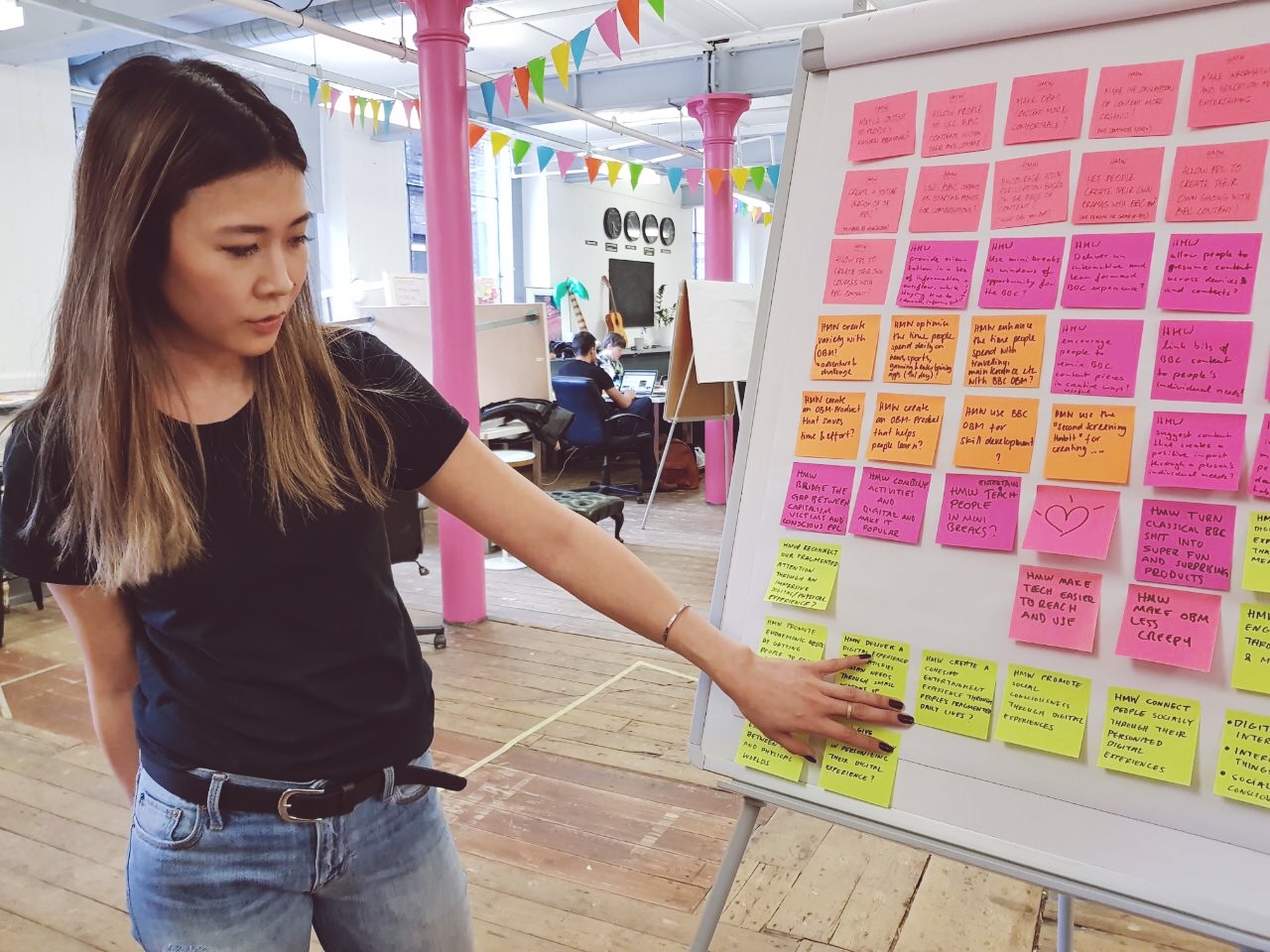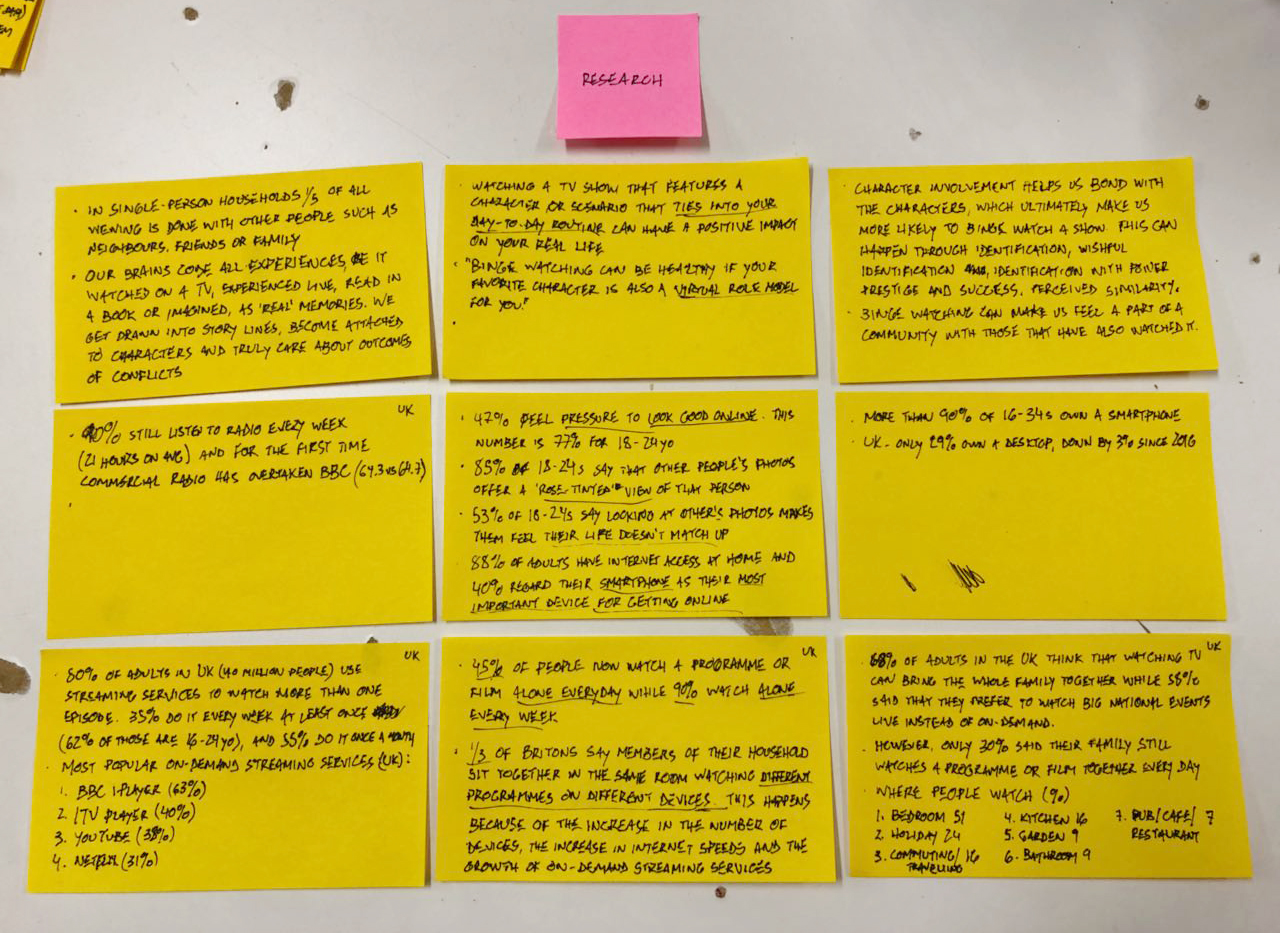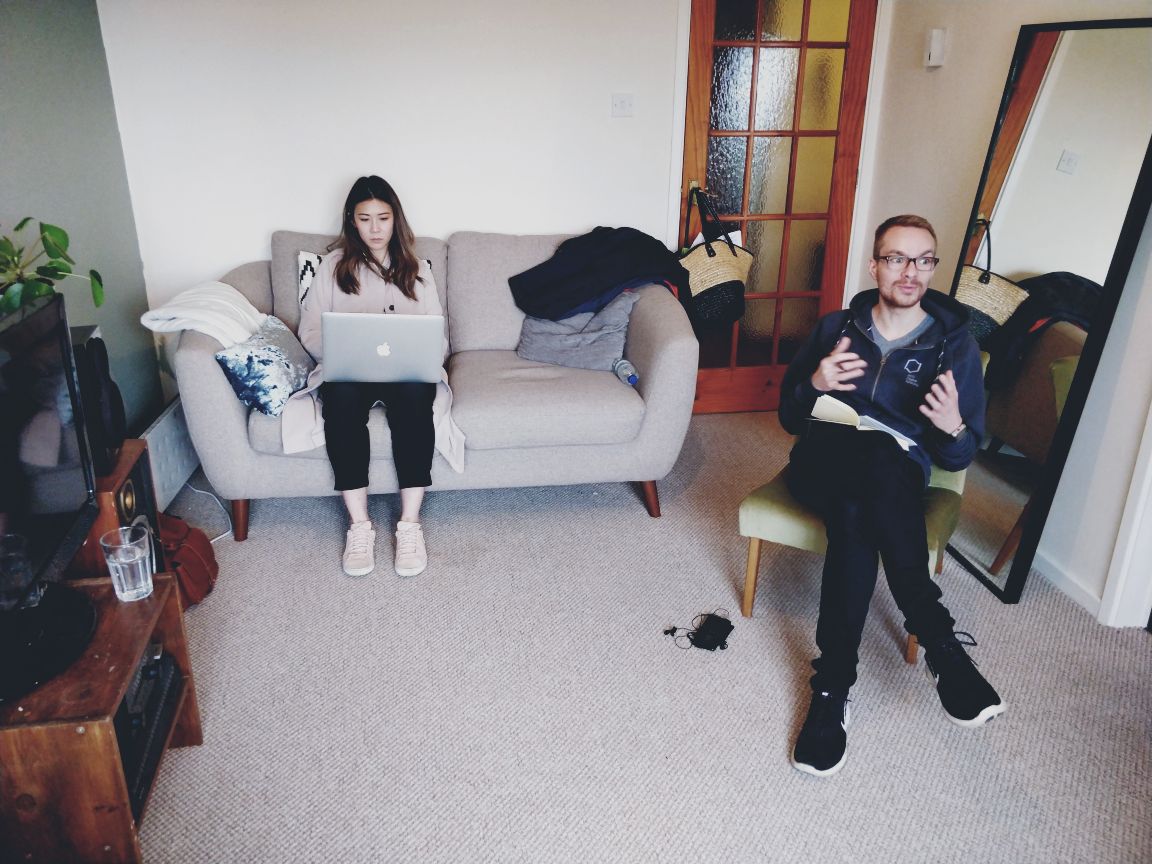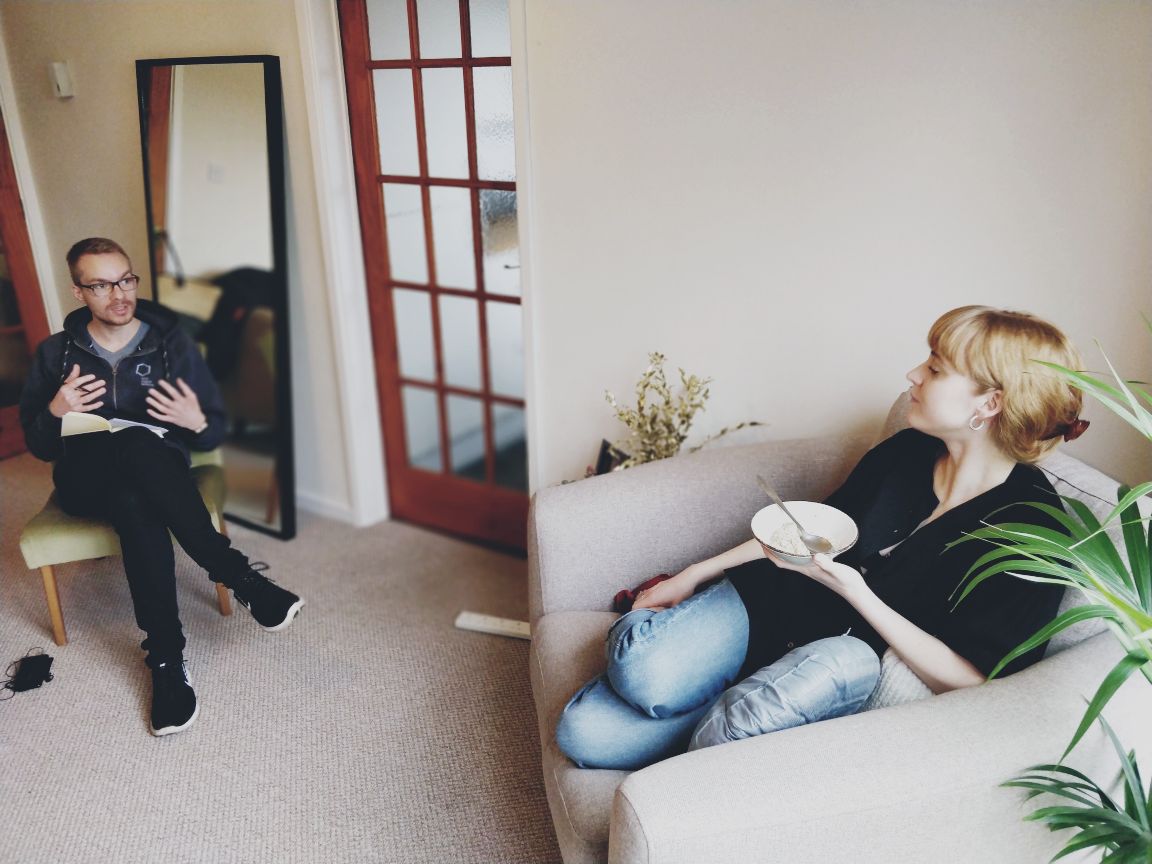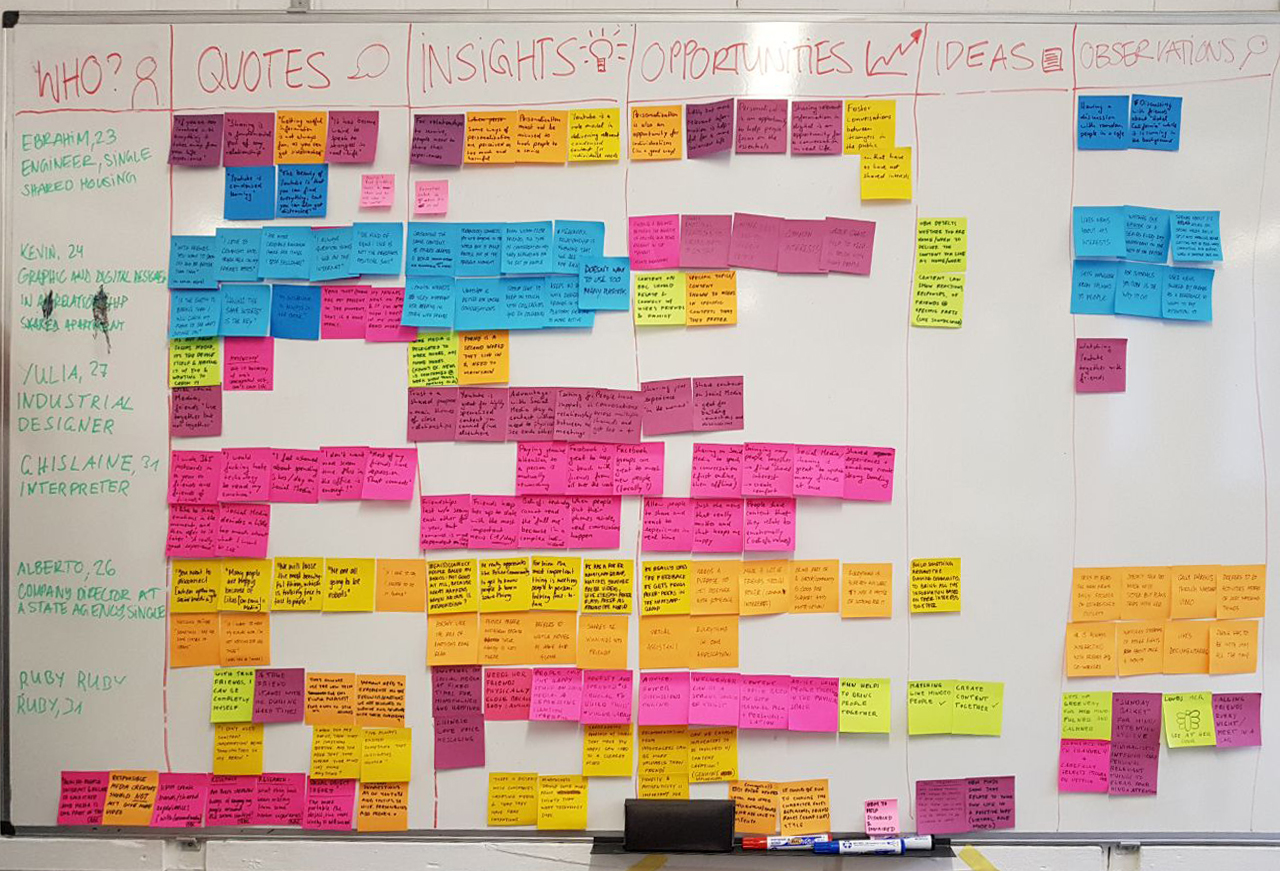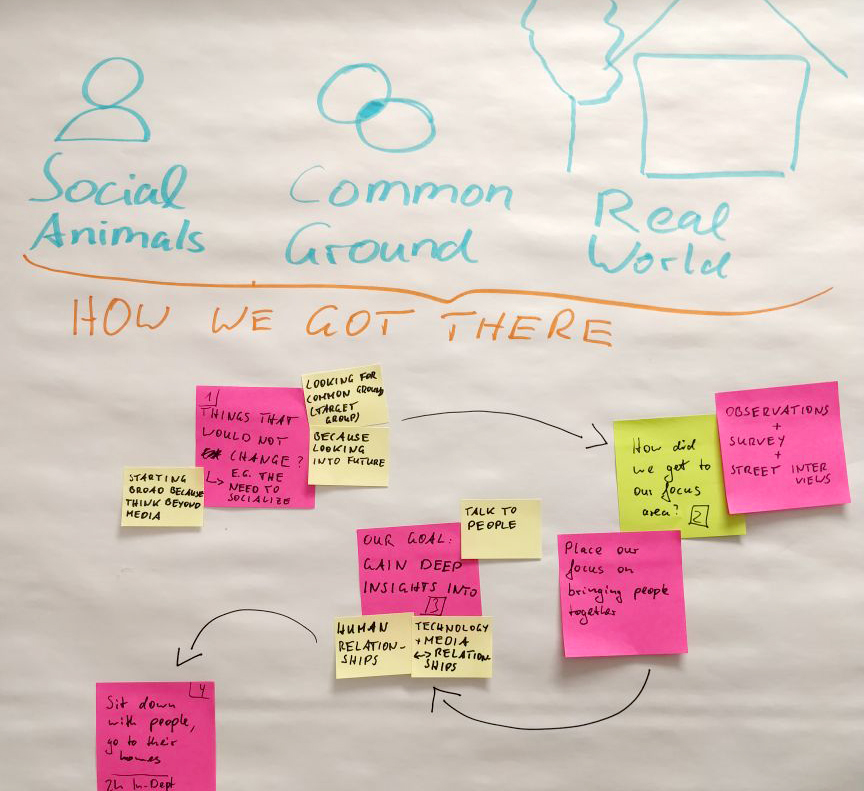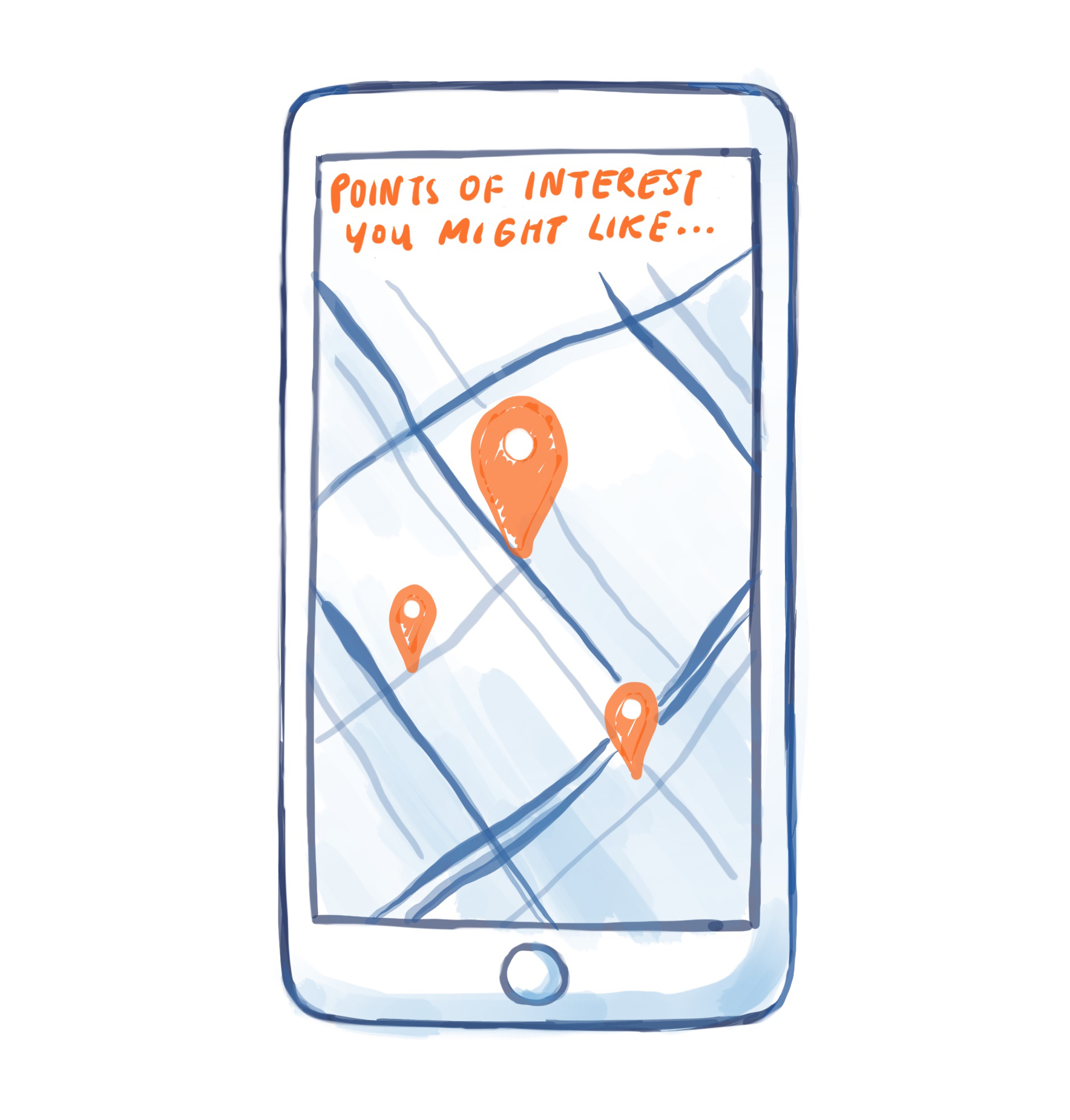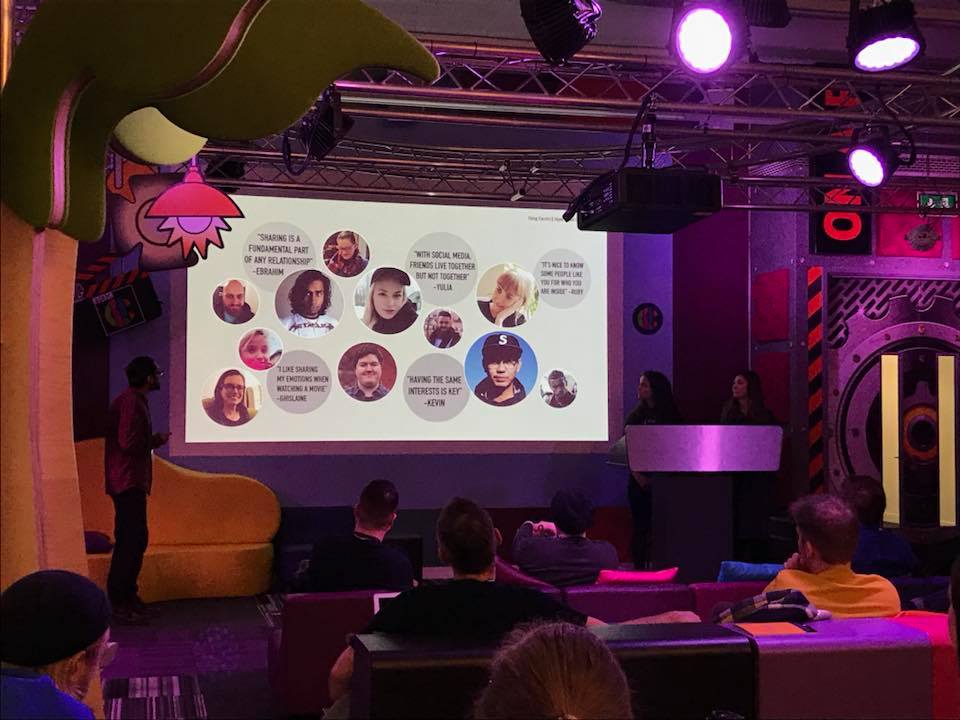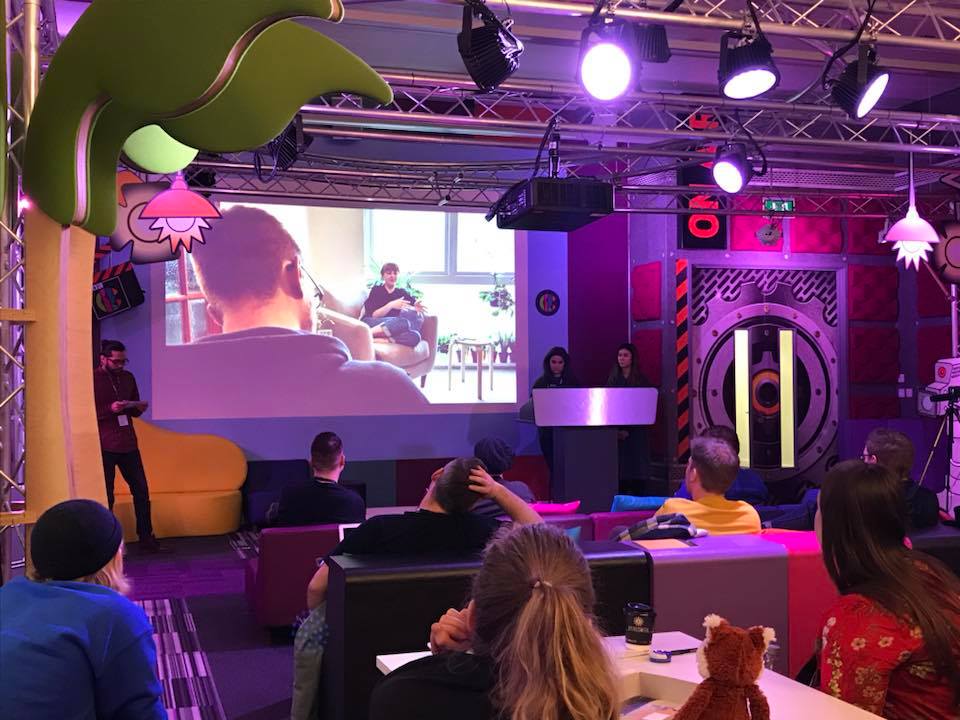CLIENT
BBC
MY ROLE
Qualitative + Quantitative research
Ideation
Journey mapping
Storyboarding
BRIEF
How might we use Object Based Media to design hyper personalized BBC experiences?
BBC's Research and Design team came to us with this challenge in order to understand more about personalized experiences for people using Object based media. Object based media can be defined as the different assets used to make a piece of content - this can include parts like audio, video, a caption, a short clip, etc. By using these bits of media and attaching meaning to them, a piece of content can be tailored to serve a specific person and their viewing habits on different devices. BBC's website describes it as: "Content that’s tailored for your circumstances, preferences and devices. Programmes that understand your viewing habits, and flex to fit. Experiences that reflect the things you love, and offer extra information just when you might need it."
The goal for this brief was to present opportunity spaces for BBC to personalize an experience based on user needs.
UNDERSTANDING THE PROBLEM
Based on preliminary research, we realized the potentially intrusive nature of personalization and wanted to better understand and possibly redefine the problem. To help assist this process, we formulated our first research question: “What do people need and want to do in their lives?” By broadening our perspective, we hoped to identify key human needs that remained consistent over time. This would help us uncover latent needs in the way people interact with technology.
RESEARCH
We created a short online survey to examine the relationships people had with technology, media, and devices. From these insights we determined that many people spent their free time with friends and family, reading, or traveling with electronic media. An area of interest for us then centered on the role technology played in bringing people together and how it was used whilst traveling. Through further research we came to the important insight that humans are social animals, and that technology can both connect and isolate the individual. The isolation in this case refers to the mindless browsing of smartphone in lieu of interacting with those around them. By applying this insight to many social apps, we were able to see that they relied on the need for people to connect and feel socially validated, and often relied on habituated behaviors such as scrolling. We felt it was very important that in a hyper digitalized world, we do not create more isolation as well as infringe upon privacy. Our team brainstormed possible opportunity spaces, clustered themes, and finally dot voted to achieve the question we wanted to answer:
“How might we use Object-Based Media to create seamless and personalized experiences that connect people socially in both digital and real life?”
We created a preliminary research plan to kick things off:
Observational study
Street interviews
Screener
Discussion guide
Online surveys
5 In-depth interviews
2 In-context interviews
Client/Expert interview
Analogous research
OBSERVE & INTERVIEW
We set out to observe people at bus stops and train stations to see what they do during waiting periods as well as any interactions with digital devices. This activity was important because it helped further support what we learned about the role technology plays on behaviors. We noticed that attention was heavily divided between smartphones as people went about their day. We observed people pull out their phone and put it away, only to pull it back out a few seconds later. These subconscious behaviors bolstered our stance that technology should not further isolate people from their surroundings.
We formulated a short set of interview questions based on our area of focus and set out for short interviews with people on the street. Our goal was to obtain a diverse sample of people to get different perspectives on how they interacted with their phones or different forms of technology. Analogous research was also performed at the Bury Arcade Club, where we observed gamers enthralled in multiplayer games. This helped us draw connections between the social engagement that is inherent with gaming and compare it with the social aspect of sharing and consuming digital media. Through the observations at the arcade, we quickly realized that the most engaging games were fun, social, competitive.
To help find participants for in-depth interviews, we used a tool called Screener that posed the questions “What do we want to find out?” and “Who can answer this for us?” This tool was crucial in helping us converge upon our target audience: single adults aged 18-30. We created an interview guide that sought to find out how technology and media help build relationships, and how people defined meaningful relationships. Overall, we conducted five in-depth interviews via Skype and two in-context interviews at the interviewee’s home or office. In particular, our in-context interviews provided extremely valuable insights, and being able to interact with the participant in their home allowed for a conversation that flowed freely and comfortably. In accordance with our topic of study, we found it was during this genuine face-to-face interaction that a meaningful discussion was built.
We downloaded our in-depth interviews by using the Top-5 method for each, gathering the top five most notable quotes, insights, observations, opportunity areas, and ideas. By affinity mapping the main insights and underlying themes from each, we were able to identify a few key areas:
Meaningful relationships are ones built on trust, authenticity, and acceptance.
People rely on shared interests and common ground to build relationships
Meaningful relationships are built through in-person interactions and further supported digitally.
When browsing, people prefer content recommended by friends, family, or influencers because it is more relatable.
Despite preferring content recommended by friends/family, most people still appreciate and primarily use recommended content from platforms like BBC or Netflix.
SYNTHESIZING: FROM INSIGHTS TO RECOMMENDATIONS
Once we had gathered all relevant research, we used clustering techniques to identify common themes. Then, we dot-voted and found 3 key opportunity spaces:
Connecting in the physical world : Object based media can help connect users with their environment through IoT technology. Assets and information from digital content that people consume can help inform recommendations in their immediate environment.
Curating own content: Content Creators can curate OBM snippets and assets from the digital content they consume, creating a highly personalized feed for their followers.
Sharing experiences with others: Whilst viewing digital content, users can record or comment on specific audial or visual snippets that their friends can later integrate as a part of their viewing experience.
These areas are all supported through insights from our interviews, which reveal that sharing experiences creates common ground between people, which in turn leads to more meaningful relationships over time. The opportunity we found for the BBC was that Object-Based Media should promote social interactions through shared media and experiences in the physical world in order to balance the addictive effect that media consumption can have. Using research on the impact of Internet of Things, we saw a world in which the physical and digital were connected. With this in mind, we completed a few rounds of ideation and built upon each other's ideas through a tool called Round Robin.
NEXT STEPS
Now that we have identified an opportunity area, the next steps would be to conduct further testing to see whether our idea could seamlessly integrate into the lives of our user. A short term objective would be to test whether it has value by personalizing an experience by connecting them to new media or physical objects while on the go. A long term objective would be to test how this experience impacts their lives and society on a grander scale.
REFLECTION + LEARNINGS
From the beginning of our project, we practiced integrative thinking as proposed by Tim Brown of IDEO. He claims integrative thinkers “know how to widen the scope of issues salient to the problem” and “ resist ‘either/or’ in favor of the ‘both/and’ and see nonlinear and multidirectional relationships as a source of inspiration. As a consequence of going extremely broad and considering many perspectives, we had to continually find ways of “organizing complexity” and “finding clarity in chaos”. Unlike other, more observable, aspects of the design process, synthesis is often a private activity in which the designer incubates the material during reflection. Due to this processing time, our team found it difficult to narrow down the scope of our research. Oftentimes we would continue divergent research in an effort to uncover the light bulb moment that would determine the course of our project. I personally found this enjoyable because I saw value in understanding a wide breadth of knowledge before analyzing specifics. However, in future practice, it is important to be mindful of deadlines and narrow down the topic sooner.

